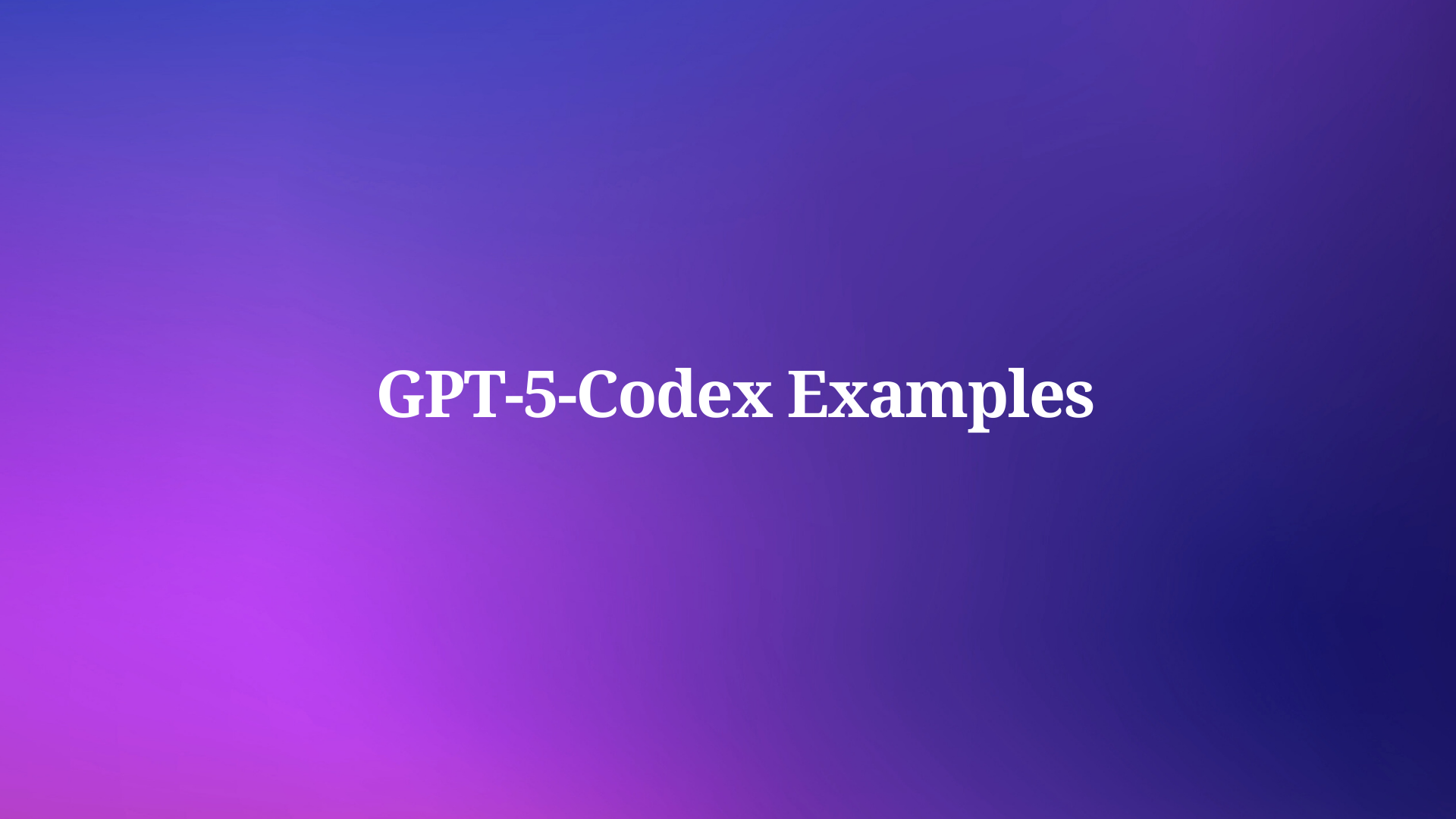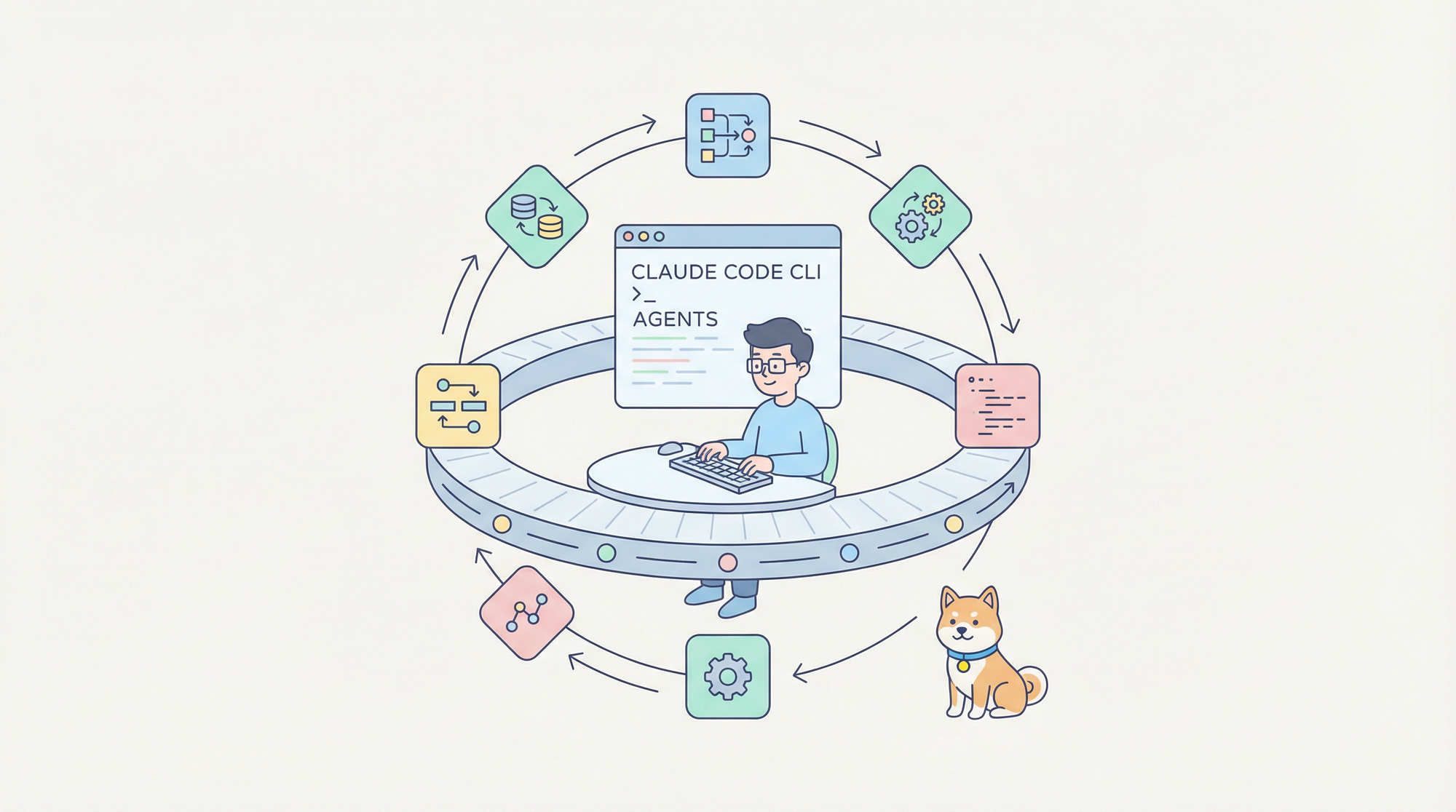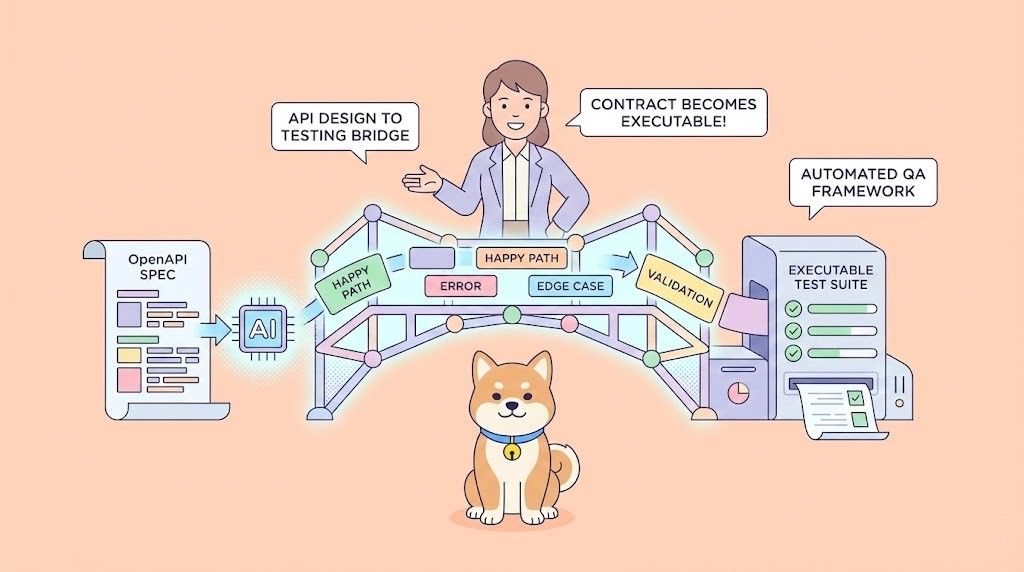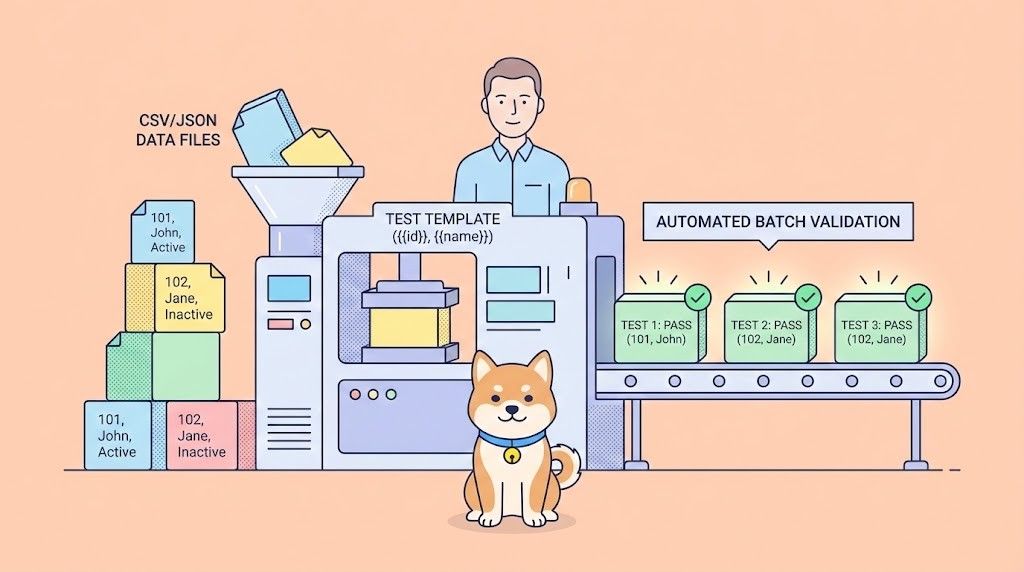Developers constantly seek tools that accelerate their work without sacrificing quality. GPT-5 Codex emerges as a game-changer in this landscape, offering advanced capabilities for code generation and management. This model, built by OpenAI, specializes in agentic coding, where it autonomously handles complex tasks. Engineers now generate entire applications from simple prompts, refactor large repositories, and perform in-depth code reviews. Moreover, it integrates smoothly with existing workflows, making it indispensable for modern software development.
Transitioning from traditional coding methods, GPT-5 Codex shifts the focus toward higher-level design. Programmers instruct the model in natural language, and it produces functional code. For instance, it creates responsive web applications or optimizes database queries across multiple files. However, its true strength lies in scalability, handling projects with thousands of lines effortlessly. Consequently, teams report faster iterations and fewer errors in their pipelines.
Understanding GPT-5 Codex: Architecture and Core Features
OpenAI released GPT-5 on August 7, 2025, positioning it as their most advanced model yet. GPT-5 Codex represents a specialized variant optimized for coding scenarios. Its architecture builds on multimodal capabilities, incorporating text, code, and even visual elements for comprehensive understanding. The model employs a dynamic thinking mechanism, adjusting computational effort based on task complexity. Simple queries receive quick responses, while intricate refactors might involve hours of internal reasoning.
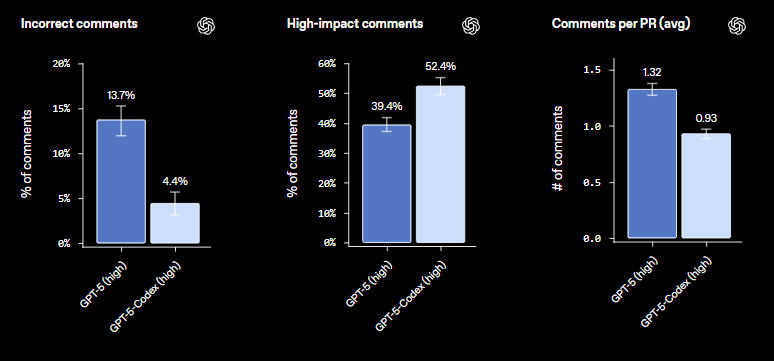
Key features include larger context windows, enabling repository-scale analysis. Unlike predecessors limited to snippets, GPT-5 Codex comprehends entire codebases. It adapts to team-specific styles, such as preferring async/await patterns or functional programming paradigms. Additionally, it excels in proactive task completion, outputting plans and updates during execution.
For developers, this means reduced boilerplate work. The model generates production-ready code with built-in validation, error handling, and comments. It also supports collaborative environments, integrating with IDEs like VS Code and tools such as Cursor AI. Furthermore, its agentic nature allows independent operation in products like Codex CLI, where it executes code in sandboxes and previews results.
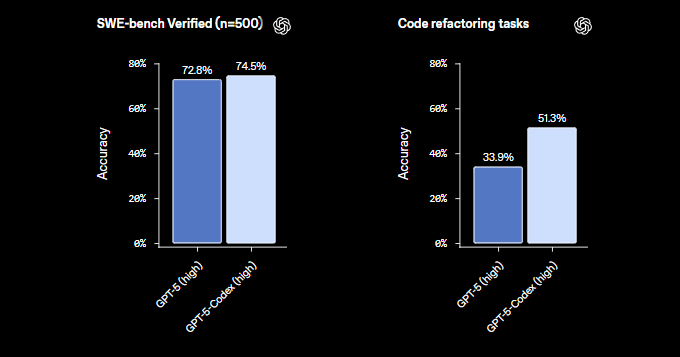
Benchmarks underscore these advancements. GPT-5 Codex achieves 74.9% on SWE-bench Verified and 88% on Aider Polyglot, surpassing previous models in coding accuracy. In refactoring evaluations, it handles changes across hundreds of files, as seen in tasks from repositories like Gitea. These metrics translate to real-world efficiency, cutting development time by up to 500% in some cases.
Therefore, developers leverage these features to tackle diverse challenges, from prototyping to maintenance.
Key Improvements Over Previous AI Coding Models
Previous models like GPT-4 or Claude's offerings handled basic tasks well but faltered on scale. GPT-5 Codex addresses these gaps decisively. It processes larger contexts, reducing errors in multi-file operations. For example, it migrates frameworks while preserving dependencies, a feat that required manual intervention before.
The model also enhances code quality through aesthetic awareness. When generating front-end code, it considers design principles like typography and spacing, producing visually appealing outputs. Testers prefer its results 70% of the time over competitors. Moreover, it dynamically allocates thinking time, ensuring efficiency for trivial tasks and depth for complex ones.
Security features stand out too. GPT-5 Codex conducts automated reviews, spotting vulnerabilities like SQL injection early. This proactive approach minimizes risks in production. Developers benefit from consistency, as the model enforces coding standards across teams.
In comparison, earlier tools like GitHub Copilot focused on autocompletion. GPT-5 Codex evolves this into full agentic workflows, where it plans, codes, tests, and iterates independently. This shift empowers engineers to tackle ambitious projects with confidence. As a result, adoption rates soar in enterprise settings.
Real-World GPT-5 Codex Examples: Generating Front-End Applications
Let's explore practical gpt-5-codex examples starting with front-end development. One standout case involves creating a photobooth application. Using Codex CLI, developers prompt: "Make a pixel art game where I can walk around and talk to other villagers, and catch wild bugs." The model generates a fully interactive pixel art game in a single HTML file, complete with character movement controls, dialogue trees for villagers, and bug-catching mechanics using canvas rendering and JavaScript event handlers.

The output includes smooth animations for walking cycles and particle effects for captures, all optimized for mobile touch inputs. This example illustrates how GPT-5 Codex handles game logic, asset integration, and cross-device responsiveness without external dependencies.
Building on this, another prompt challenges the model: "Give me a work management platform that helps teams organize, track, and manage their projects and tasks. Give me the platform with a kanban board, not the landing page." GPT-5 Codex delivers a comprehensive single-page application using HTML, CSS, and vanilla JavaScript, featuring draggable kanban cards, task assignment modals, progress indicators, and local storage for persistence.
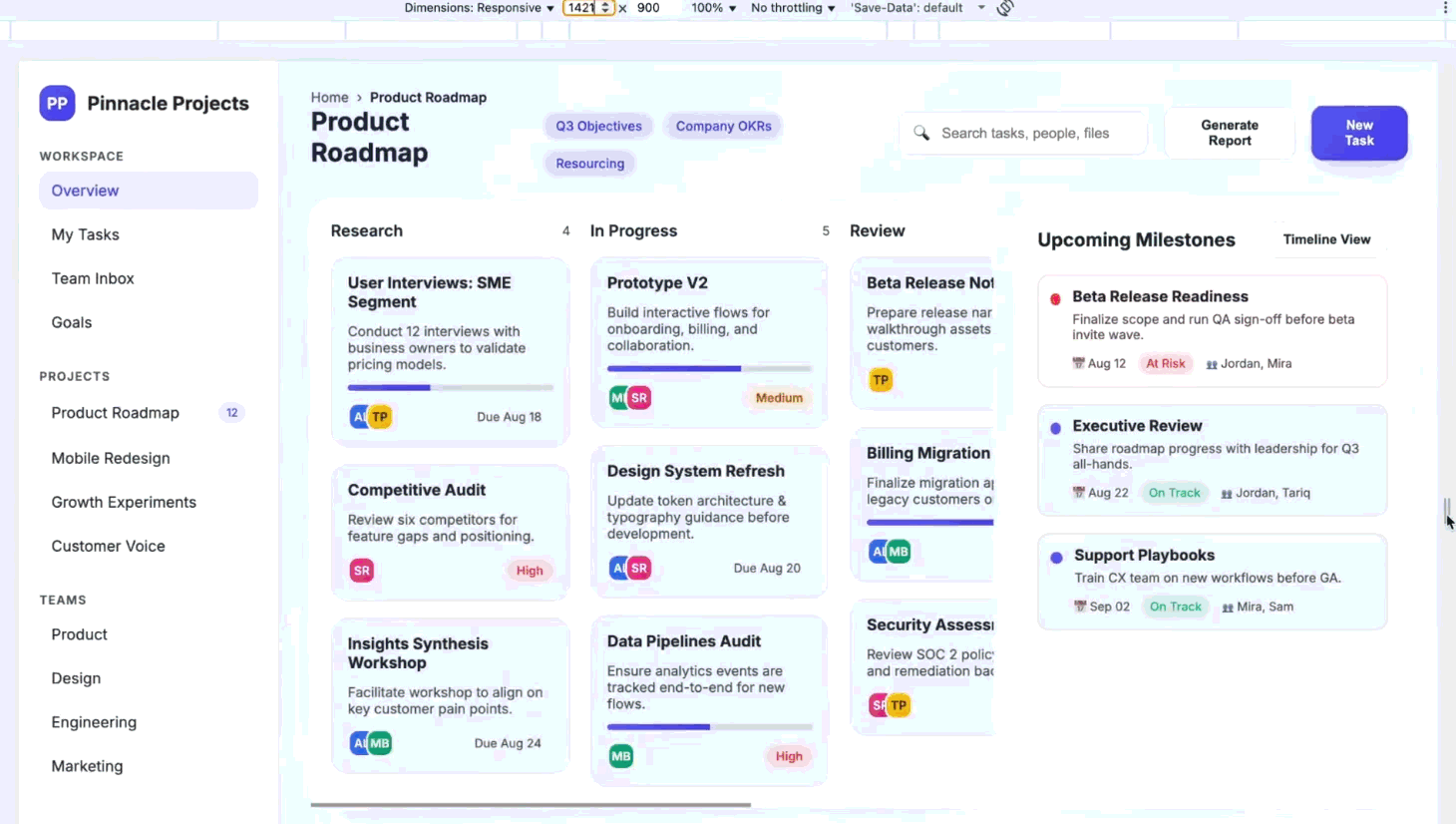
The interface adapts seamlessly to desktop and mobile views, with swipe gestures for card movement on touch devices. Developers appreciate the inclusion of accessibility features like ARIA labels and keyboard navigation, which the model incorporates proactively.
Furthermore, GPT-5 Codex excels with visual inspirations. For the prompt: "Given this image as inspiration. Build a simple html page joke-site.html here that includes all the assets/javascript and content to implement a showcase version of this webapp. Delightful animations and a responsive design would be great but don't make things too busy," the model analyzes the provided image—depicting a whimsical joke-sharing site—and produces a self-contained HTML file.
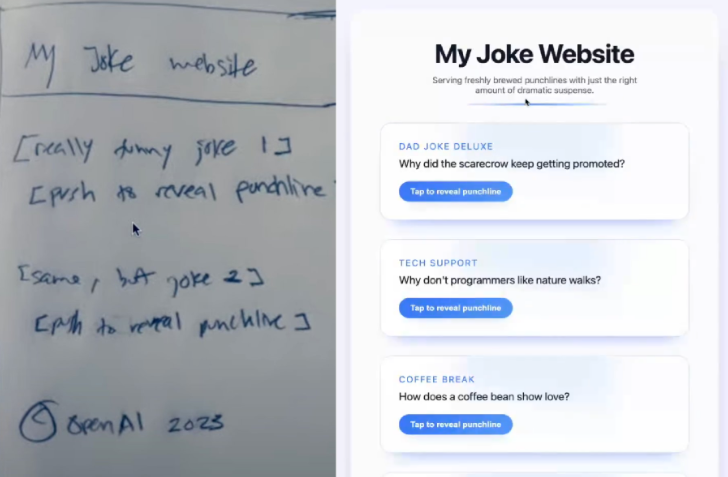
It embeds base64-encoded assets for jokes, implements CSS transitions for fade-in effects on new content, and ensures a clean, responsive grid layout that scales from mobile to desktop. The result balances delight with simplicity, using subtle hover animations and infinite scroll for joke feeds.
In a wireframe-to-app conversion, the prompt states: "I have this wireframe, can you convert it to a real app for me? Generate HTML / inline CSS code for this website. Include CDN links for Tailwind / Bootstrap etc. Save your output to a file called index.html in the container's current directory." GPT-5 Codex interprets the wireframe (a multi-section landing page with hero, features, and footer) and outputs polished HTML with inline Tailwind CSS via CDN.
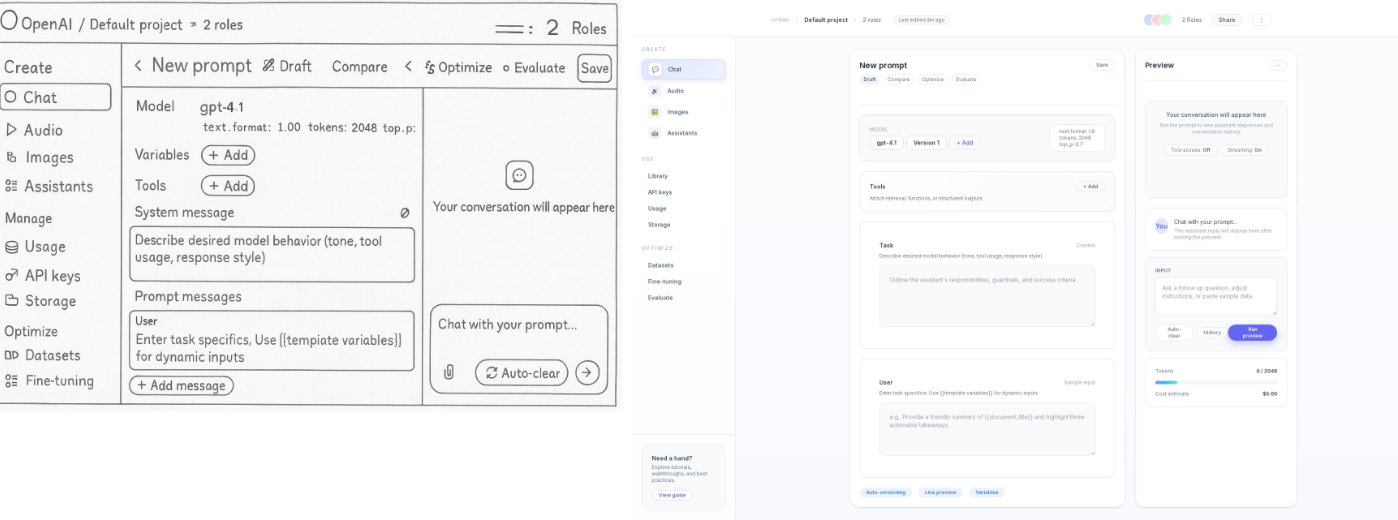
It adds interactive elements like form validation for a newsletter signup and responsive breakpoints for all screen sizes. The generated index.html file runs immediately in a browser, showcasing the model's ability to bridge design artifacts to functional code efficiently.
These examples illustrate how GPT-5 Codex reduces setup time. Instead of writing boilerplate, programmers focus on refinement. However, testing remains crucial, especially for browser compatibility. By incorporating such prompts, developers unlock rapid prototyping that aligns with real project needs.
GPT-5 Codex Examples in API Development and Integration
API development represents another domain where GPT-5 Codex shines. Developers prompt the model to generate production-ready routes, complete with validation and error handling. For instance, creating a RESTful API for user authentication involves specifying endpoints, and GPT-5 Codex produces Node.js code with JWT integration.
To enhance this, integrate Apidog. After generation, import the OpenAPI spec into Apidog for automated testing. The tool validates endpoints, simulates requests, and checks security protocols. This synergy ensures robust APIs.
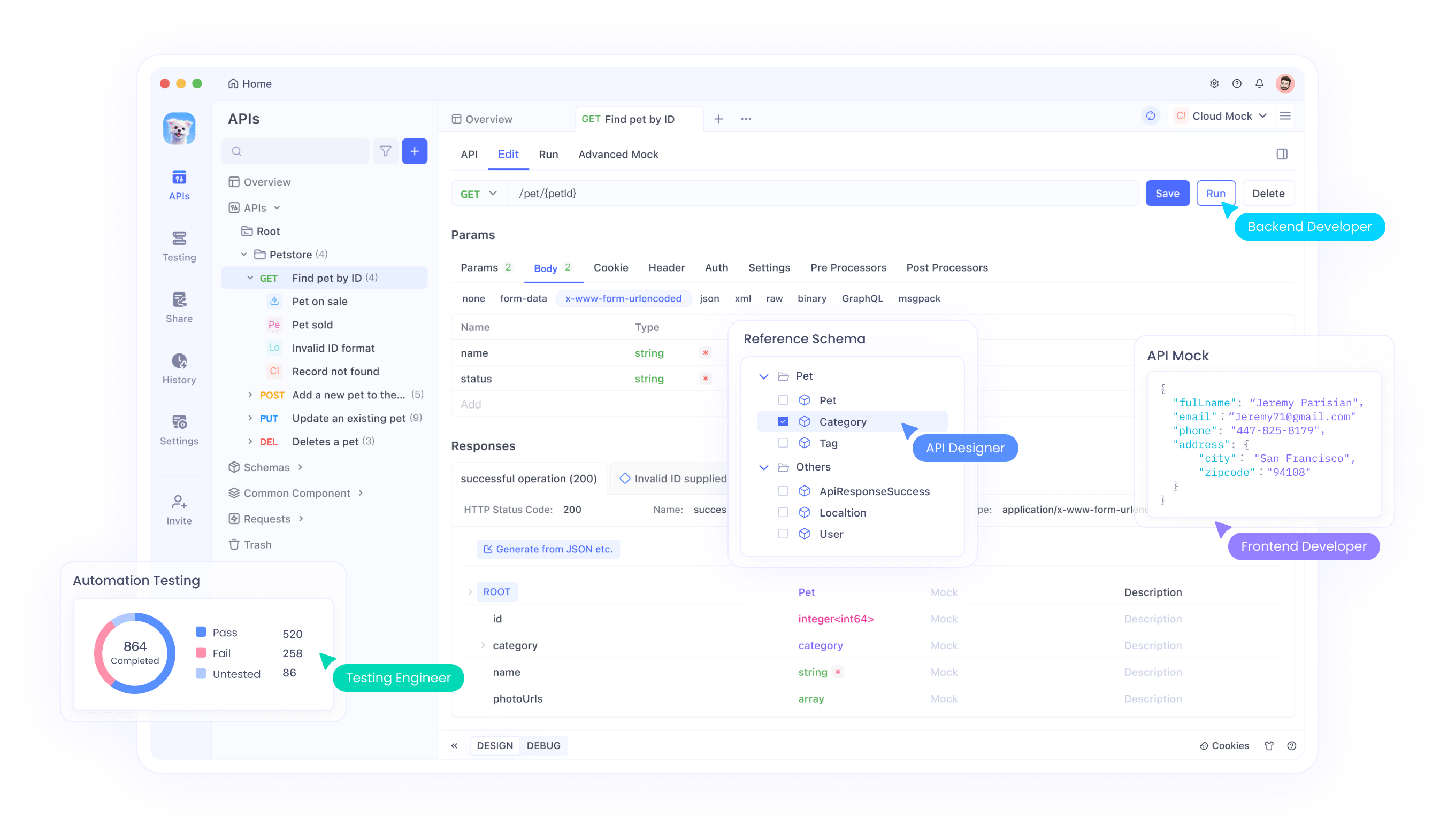
Consider a practical example: building a CRUD API for an e-commerce platform. GPT-5 Codex generates Express.js routes for products, including database queries. Apidog then creates test suites, running scenarios for edge cases like invalid inputs. This workflow accelerates deployment while maintaining quality.
Furthermore, for microservices, the model handles inter-service communication. It generates client code based on specs, which Apidog verifies through mocking. Developers thus avoid common pitfalls, such as mismatched schemas. As projects scale, this combination proves invaluable for maintaining API integrity.
Code Review and Security Enhancements Using GPT-5 Codex
GPT-5 Codex transforms code reviews into automated processes. It navigates codebases, runs tests, and flags issues like logic errors or vulnerabilities. For open-source projects, it enforces consistency across contributions.
In practice, configure it for GitHub repos to review pull requests. It creates sandboxes, executes code, and suggests optimizations. This catches bugs early, reducing deployment risks.
Security-wise, it detects patterns like unescaped inputs. Pairing with Apidog, test API endpoints for authentication flaws. The combination fortifies applications against threats.
Developers appreciate this for collaborative work. New team members receive explanations and alternatives, accelerating onboarding. Over time, this fosters a culture of high-quality code.
Integrating GPT-5 Codex with Apidog for Seamless Workflows
Apidog complements GPT-5 Codex by providing API design and testing capabilities. After generating code, export specs to Apidog for validation. The tool supports OpenAPI imports, automating test creation.
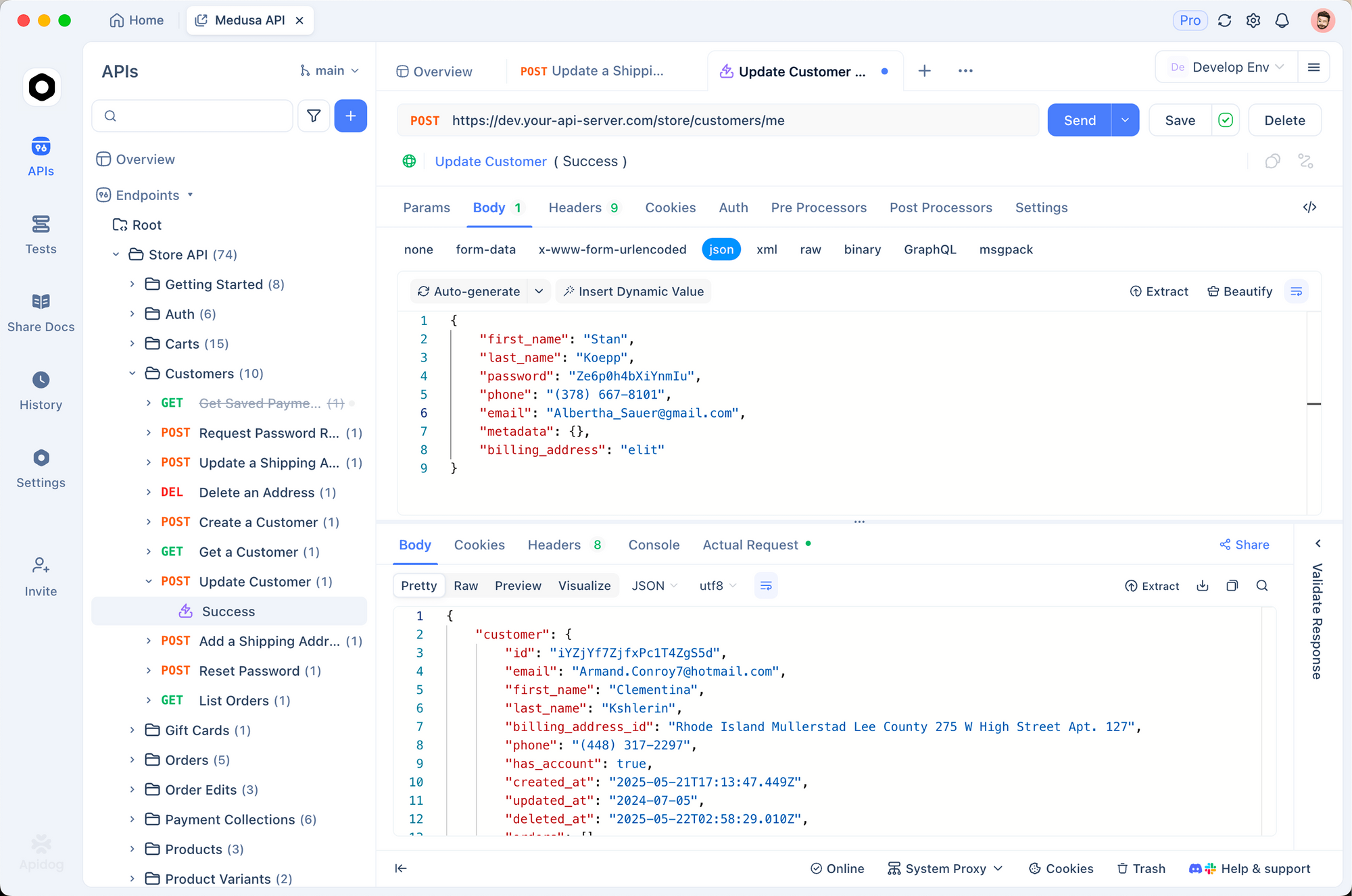
For example, if GPT-5 Codex builds an API client, Apidog runs security scans and performance benchmarks. This ensures compliance with standards.
Setup involves installing Apidog and configuring integrations. Use .cursorrules for context, then test in Apidog's environment. This loop refines code iteratively.
Moreover, Apidog's MCP Server handles specs, feeding back into GPT-5 Codex prompts for accuracy. Developers thus create reliable systems faster. In front-end heavy projects, like the kanban board example, Apidog tests any backend integrations seamlessly.
Best Practices for Leveraging GPT-5 Codex Examples
To maximize GPT-5 Codex, craft precise prompts. Specify languages, styles, and constraints for better outputs. For instance, include "use TypeScript with strict typing" in API prompts, or reference images for visual fidelity as in the joke-site example.
Iterate on results. Remix generated code by adjusting parameters, fostering creativity. Always test thoroughly, using tools like Apidog for APIs and browser dev tools for front-ends.
Monitor usage in Codex CLI or APIs, as limits vary by subscription. Pro users enjoy unlimited access, ideal for heavy refactoring.
Collaborate by sharing prompts in teams. This standardizes workflows and uncovers new applications, such as adapting the pixel art game for educational tools.
Conclusion: Embracing GPT-5 Codex for Next-Level Productivity
GPT-5 Codex redefines coding through powerful examples and features. From front-end apps like pixel art games and kanban boards to API integrations, it delivers efficiency. Paired with Apidog, it forms a robust ecosystem for modern development.
Adopt these tools to transform your workflow. The small step of incorporating AI yields significant gains, as refined transitions between tasks make all the difference in productivity. Start experimenting with these prompts today to see immediate results in your projects.
